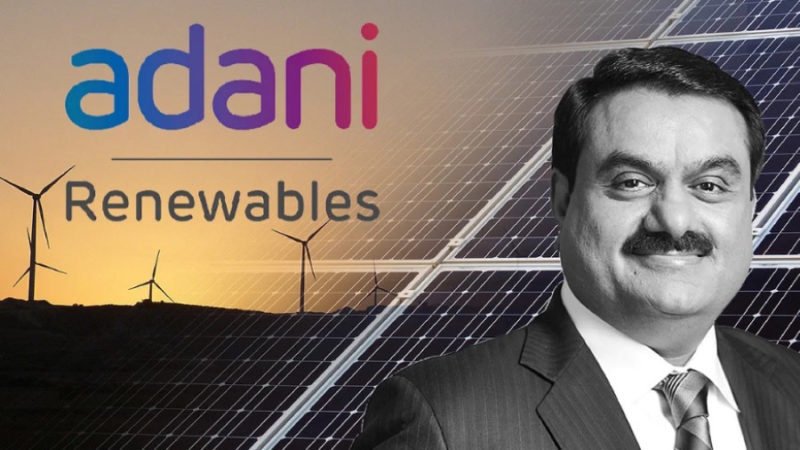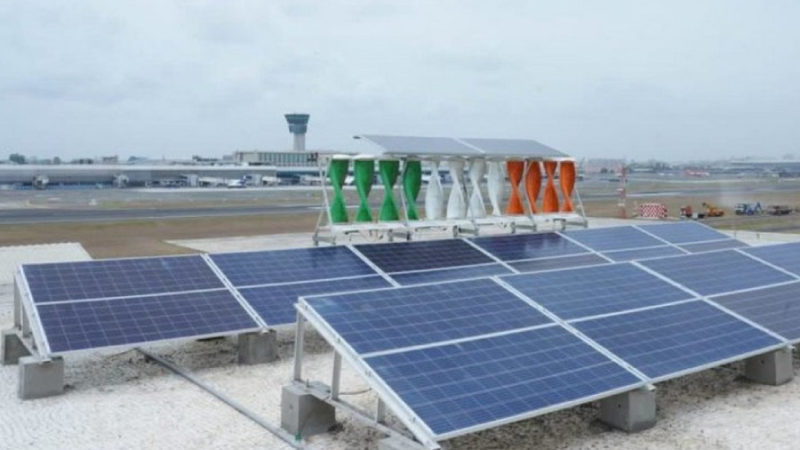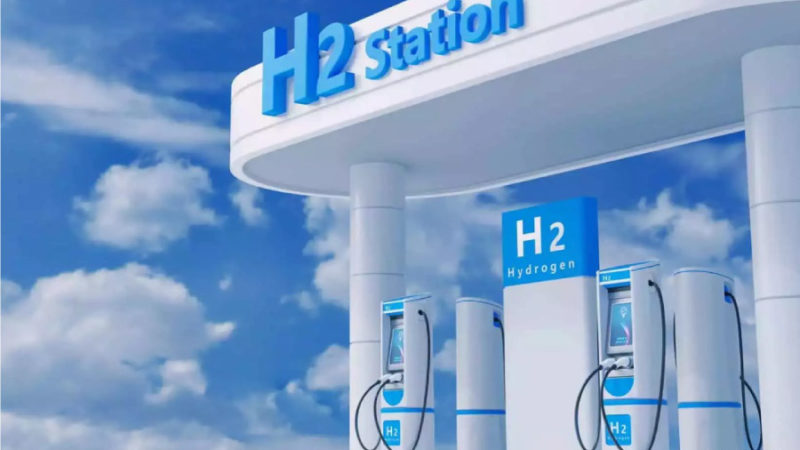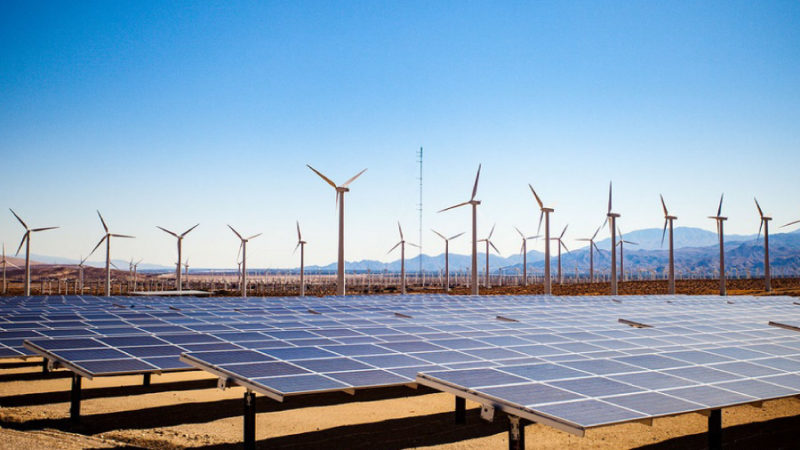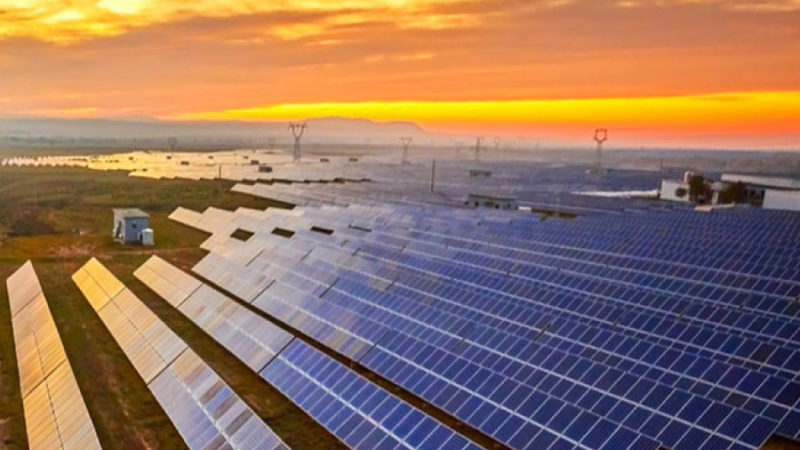India lowers emission by 28 percent over 2005 levels: R K Singh
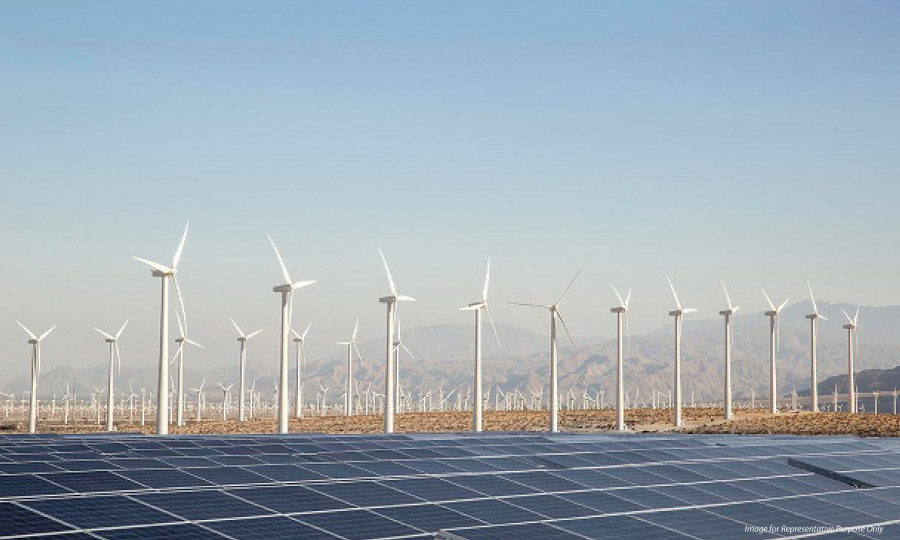
The pace of energy development means India is determined to not only meet its NDC commitments but to surpass them well within the set time frame…
R K Singh, the Indian minister for power and renewable energy, announced on Tuesday that India has achieved a 28 percent reduction in emission over 2005 levels against the 35 percent reduction target by 2030 in its Nationally Determined Contributions (NDC) commitment.
At an event hosted by the International Solar Alliance and the Ministry of New and Renewable Energy, Singh noted that India is among the few countries worldwide that have kept their Paris Climate Change commitments and increased their renewable energy capacities exponentially.
He stated at the ‘India-ISA Energy Transition Dialogue 2021’ that the pace of energy development means India is determined to not only meet its NDC commitments, but to surpass them well within the set time frame.
He further stated that regulations and supportive policies are crucial for keeping the sector afloat until the supply-side is stronger, technology improves, and a competitive market takes hold, which leads to lower prices and self-sustainability for the industry.
As on 31 July 2021, 38.5 percent of the installed power generation capacity of India has been sourced from clean sources and with the current pace we will reach the target of 40 percent by 2023,” Singh said.
“By 2050, India will generate 80 to 85 percent of its total power from renewable sources,” he added.
Singh said that adding more renewable capacity is possible, but it will require power system flexibility and the introduction of various storage technologies.
In addition to the 100 GW of renewable energy installed and operationalized, another 50 GW is being installed, and another 27 GW is in the tendering process.
In his view, the ministry’s green energy corridors have made it easier for developers to connect to grids and evacuate up to 40,000 MW of renewable energy from India’s renewable energy-rich areas.
Connect with Power Insight: Facebook | LinkedIn | Twitter


